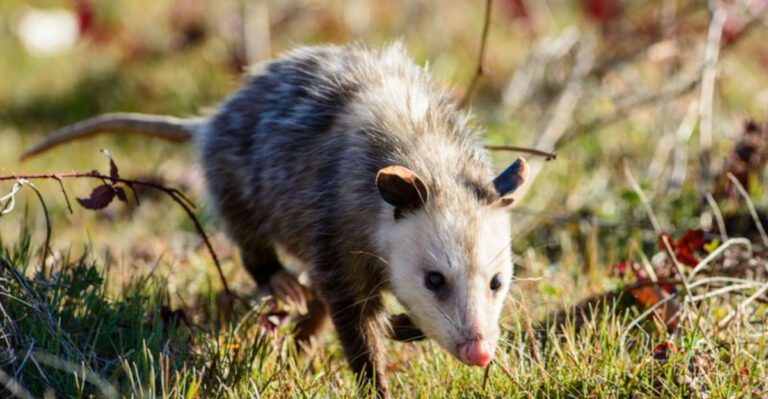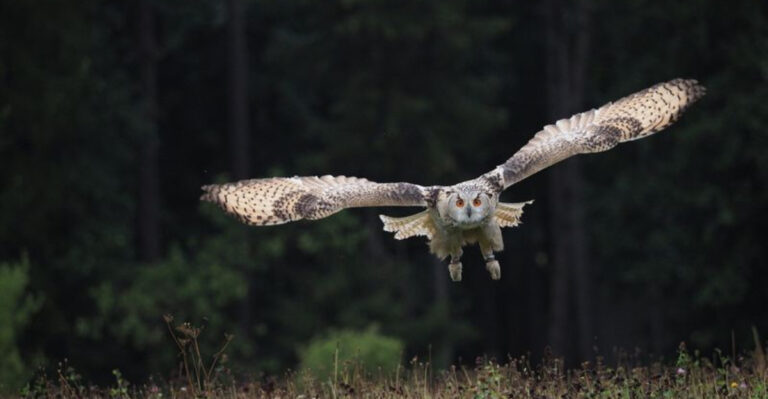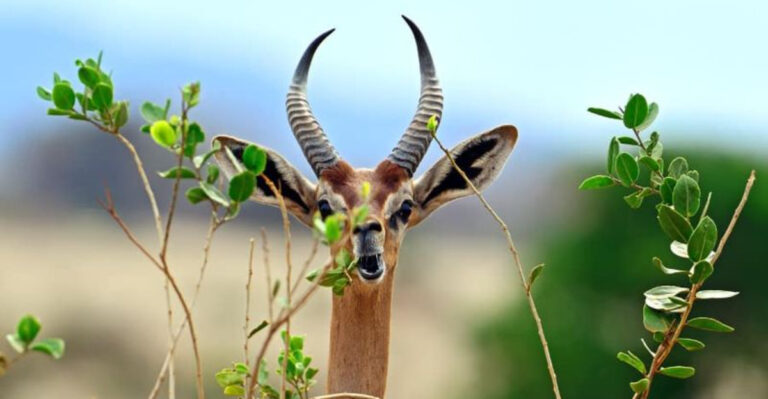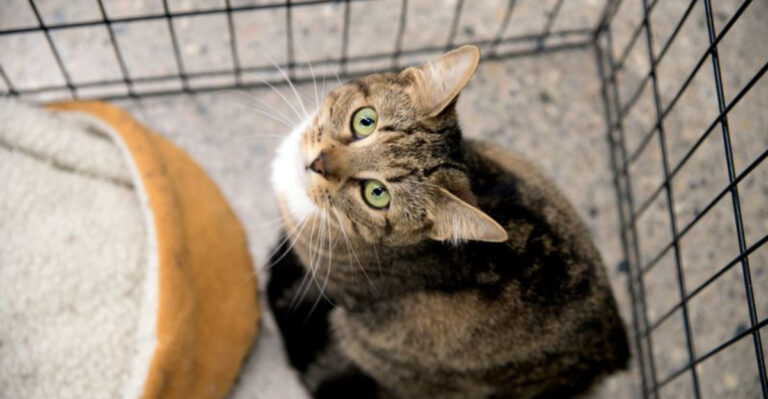10 Dog Breeds That Should Always Be Leashed (And 5 Reasons Why)
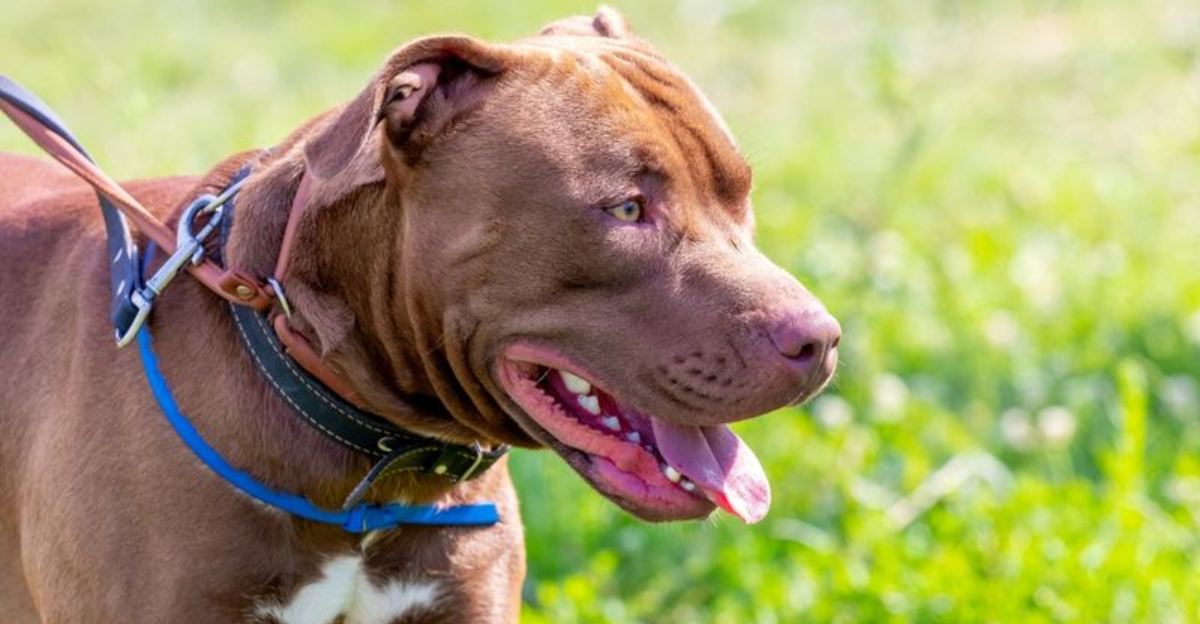
Walking your dog is one of life’s simple pleasures, but not all canine companions should roam freely. Some breeds, due to their size, temperament, or instincts, need the security of a leash for everyone’s safety.
Whether you’re a new pet parent or a seasoned dog owner, understanding which breeds require consistent leashing can prevent accidents and keep both your furry friend and others safe.
1. Siberian Husky: Escape Artists With A Prey Drive
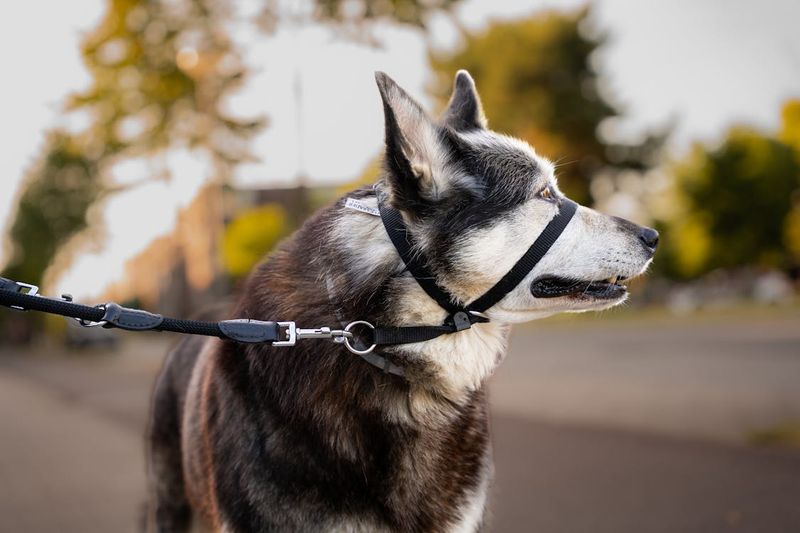
Born to run, Siberian Huskies possess an unquenchable wanderlust that makes them notorious escape artists. Their prey drive kicks in at the sight of squirrels or cats, sending them bolting without a second thought.
Huskies can cover miles before realizing they’re lost, and their independent streak means they might not come when called. Even well-trained Huskies should stay leashed in unfenced areas – their wolf-like instincts are simply too strong to ignore.
2. Akita: Powerful Guardians With Strong Opinions
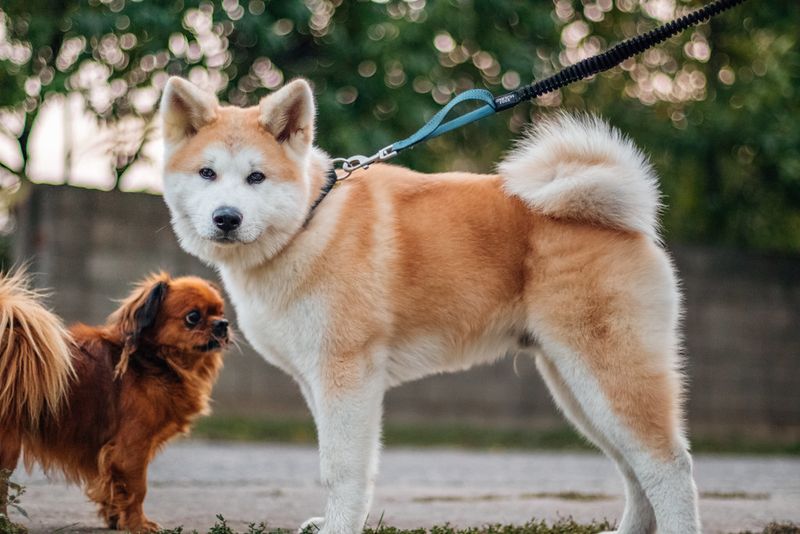
Majestic and muscular, Akitas were bred as fearless guardians in ancient Japan. They’re fiercely loyal to their families but can be standoffish or downright suspicious of strangers and other animals.
Their protective nature, combined with impressive strength, means an unleashed Akita might decide to “protect” you from perfectly friendly passersby. Given their quiet, dignified demeanor, they often give few warning signs before taking action. A sturdy leash isn’t just recommended – it’s essential.
3. Greyhound: Lightning-Fast Sprinters
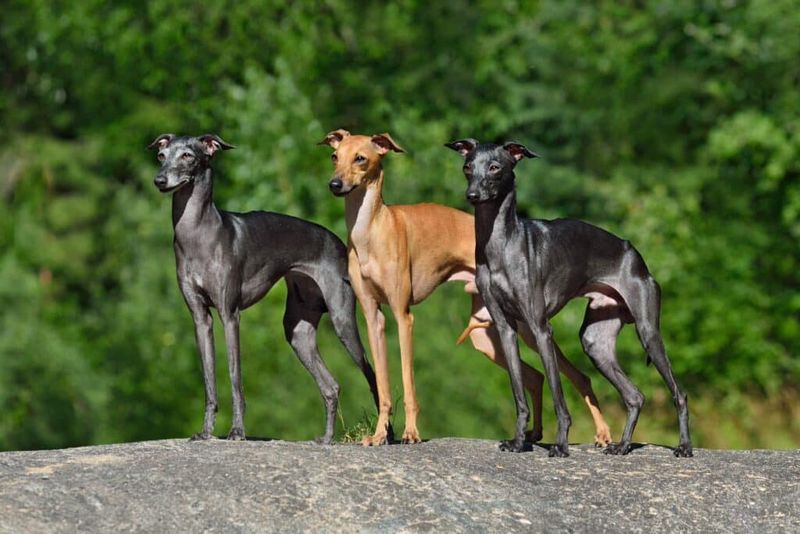
Gentle couch potatoes at home, Greyhounds transform into speed demons outdoors. These sleek racers can hit 45 mph in just a few strides – faster than you could ever hope to catch them!
Their sight-hound heritage means they chase anything that moves, often becoming completely deaf to your calls once they’re in pursuit. Many Greyhounds are rescues from racing tracks and never learned to navigate traffic or urban hazards. Keep them leashed unless you’re in a securely fenced area designed for their safety.
4. Chow Chow: Independent Thinkers With Ancient Instincts
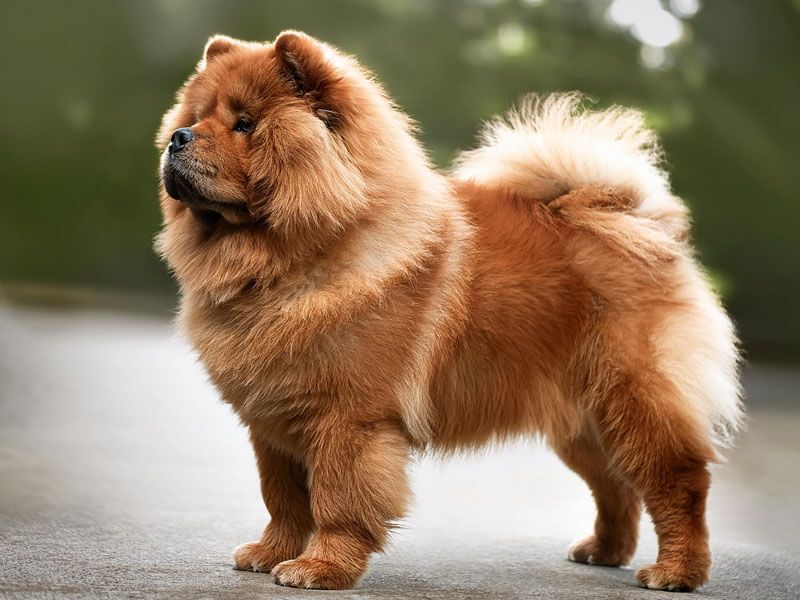
“Do I have to?” might as well be the Chow Chow’s motto. These fluffy lions of the dog world boast a 2,000-year history as independent guardians and hunters.
Don’t let their teddy bear appearance fool you – Chows have strong protective instincts and can be territorial with strangers and other dogs. Their stubborn streak means recall commands often fall on selectively deaf ears. With their powerful jaws and dignified demeanor, these blue-tongued beauties require consistent leashing in public spaces.
5. Alaskan Malamute: Powerful Sled Dogs With A Mind Of Their Own
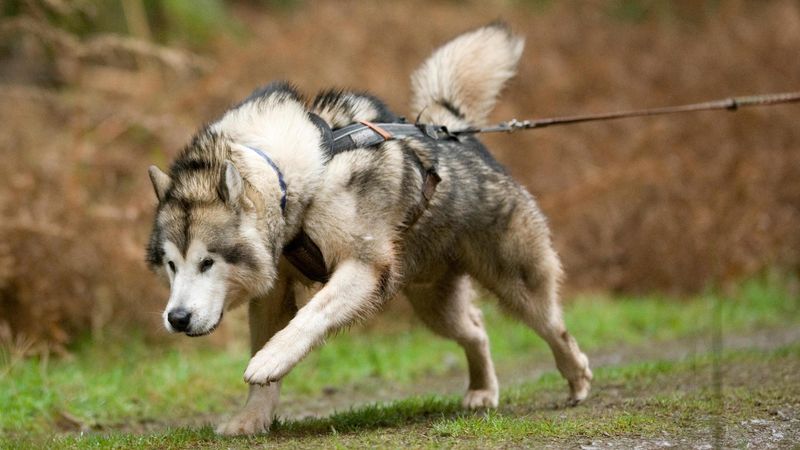
Friendly giants with wolf-like appearances, Malamutes were bred to haul heavy loads across Arctic terrain. Their incredible strength means they can easily pull an unprepared owner right off their feet if they spot something interesting!
Unlike their Husky cousins, Malamutes are less hyperactive but equally determined when they set their minds to something. Their thick double coats make them impervious to weather, so they’ll happily roam for days. These pack-oriented pooches need firm handling and reliable leashing.
6. Beagle: Nose-Driven Adventurers
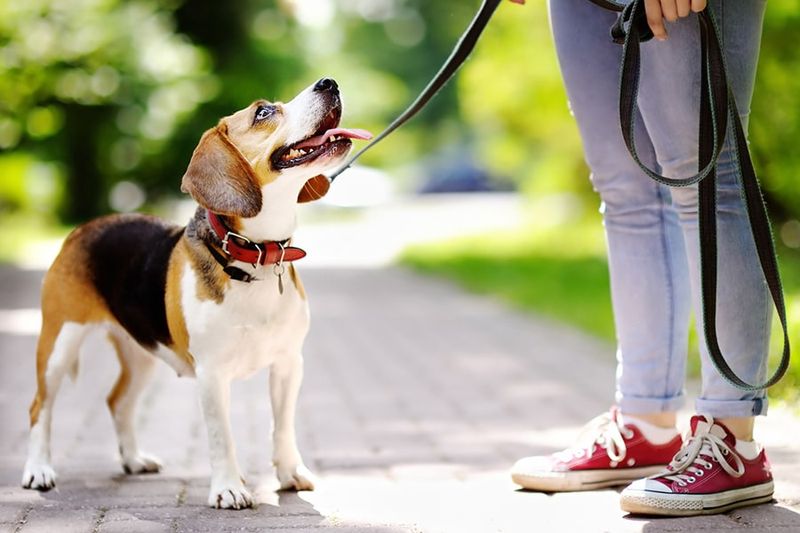
Those floppy ears aren’t just adorable – they actually help Beagles track scents by sweeping aromas toward their extraordinary noses. Bred for hunting rabbits, these happy-go-lucky hounds follow their noses with single-minded determination.
A Beagle can pick up an interesting scent and be halfway to the next county before you realize they’re gone. Their friendly nature means they’ll happily follow strangers who smell interesting. Despite their small size and sweet expressions, Beagles need consistent leashing to prevent their curious noses from leading them into trouble.
7. Pit Bull Terrier: Misunderstood Athletes With Powerful Bodies
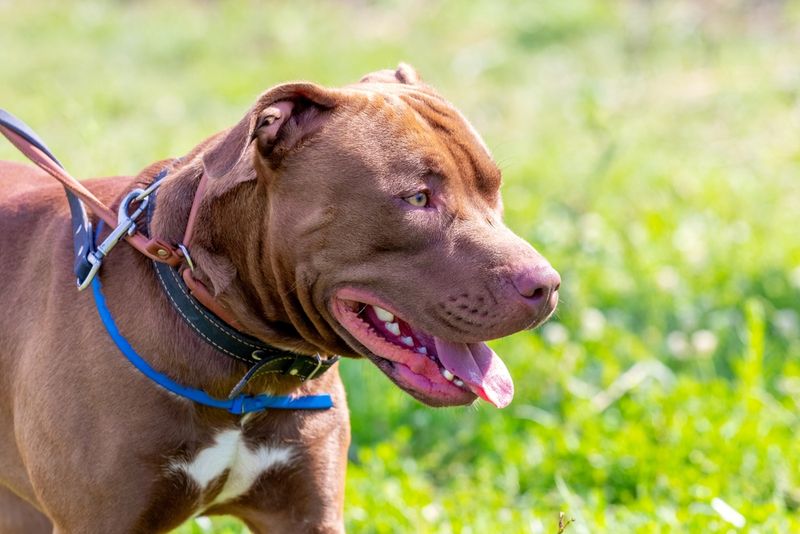
Loyal and eager to please, Pit Bulls often get an unfair reputation. However, their powerful jaws and muscular bodies mean even friendly play can unintentionally cause problems with other dogs or people who misinterpret their enthusiasm.
Many cities have breed-specific legislation requiring Pit Bulls to be leashed or even muzzled in public. Responsible ownership includes understanding that perception matters. A well-trained, leashed Pit Bull serves as an ambassador for the breed, showing the world these dogs can be wonderful companions when properly handled.
8. Afghan Hound: Elegant Runners With Ancient Instincts
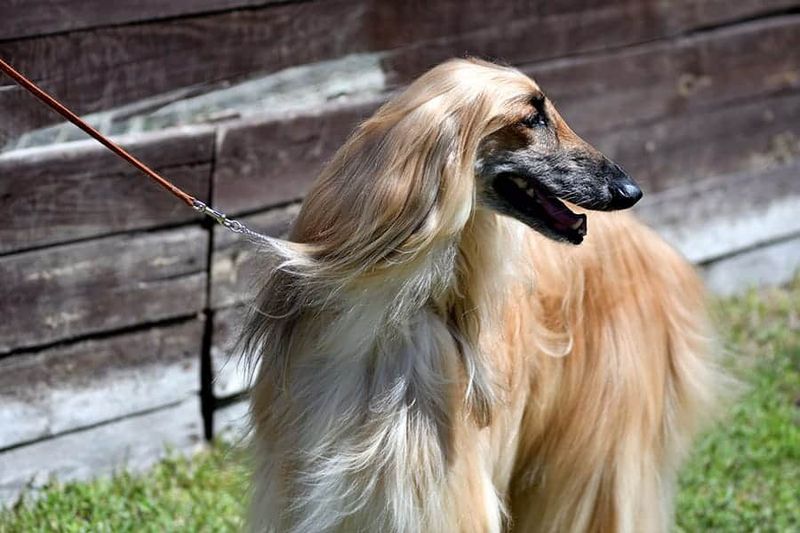
With flowing locks that would make a supermodel jealous, Afghan Hounds are the aristocrats of the dog world. Don’t let their elegant appearance fool you – underneath that silky coat beats the heart of a serious hunter.
These ancient sighthounds were bred to spot and chase prey across rough mountain terrain in Afghanistan. Their independent nature means they often see recall commands as mere suggestions. Once they spot something worth chasing, their single-minded focus kicks in. Keep these beautiful runners leashed unless you’re in a fully enclosed area.
9. Jack Russell Terrier: Small Dogs With Outsized Courage
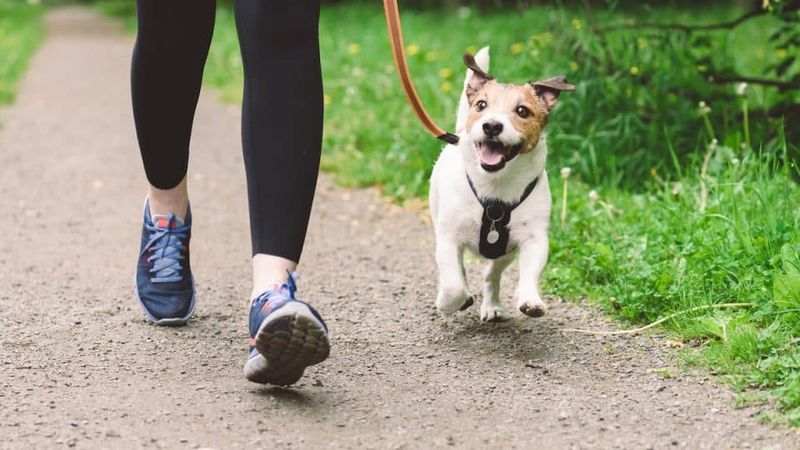
Pound for pound, Jack Russells might be the most fearless dogs on the planet. Originally bred to hunt foxes, these compact canines will fearlessly confront animals many times their size, completely unaware of the danger.
Their high energy and prey drive mean they’ll dart after squirrels, birds, or even cars without hesitation. Despite excellent training, their hunting instincts often override obedience. Don’t let their small size fool you – these mighty mites need secure leashing to prevent them from picking fights they can’t win.
10. Shiba Inu: Fox-Like Escape Artists
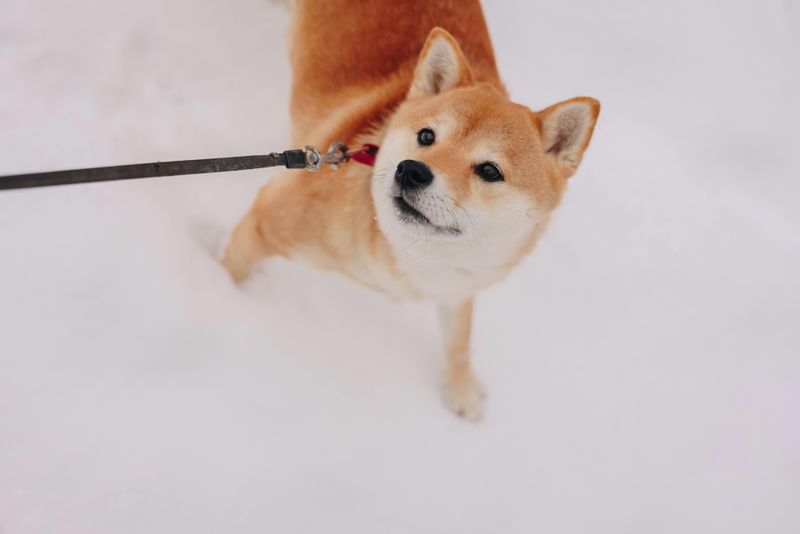
Internet famous for their fox-like appearance and “Doge” memes, Shiba Inus are ancient Japanese hunting dogs with independent spirits. Their cat-like agility means they can scale fences or slip through tiny gaps with surprising ease.
Shibas are known for their “Shiba scream” when displeased and their stubborn determination to do exactly as they please. Their strong prey drive makes them bolt after small animals without warning. These intelligent but willful companions require consistent leashing to prevent their independent streak from leading to dangerous situations.
11. Safety First: Preventing Dog Bites And Injuries
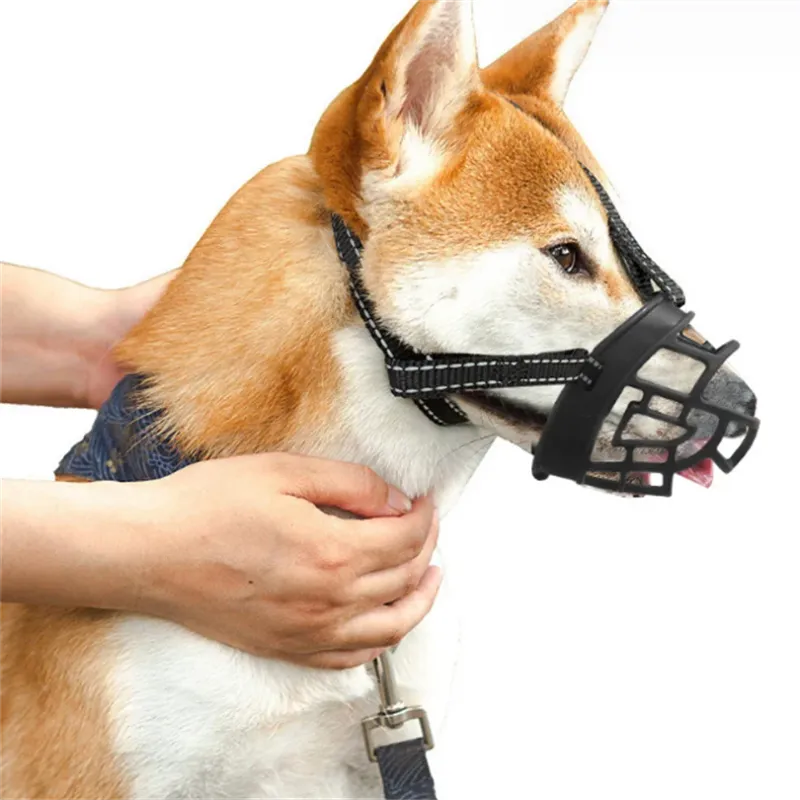
Even the friendliest dog can become unpredictable in stressful situations. Leashing prevents unexpected encounters that might trigger defensive reactions, especially around children who may not understand proper dog etiquette.
Dogs on leashes are less likely to jump on elderly or disabled pedestrians, potentially causing falls. A proper leash gives you immediate control during emergencies like approaching aggressive dogs or sudden loud noises. Remember that a wagging tail doesn’t always mean a dog wants interaction – leashes create necessary boundaries.
12. Wildlife Protection: Preserving Natural Ecosystems
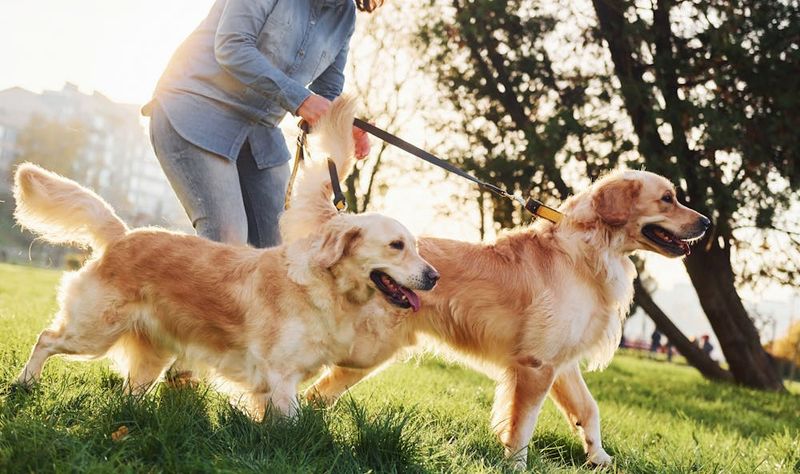
Your sweet pup’s natural hunting instincts can wreak havoc on local wildlife. Even well-fed dogs will chase and sometimes kill small animals, disrupting delicate ecosystem balances in parks and natural areas.
Ground-nesting birds are particularly vulnerable to curious canines, with entire nests destroyed in seconds. Many wildlife areas prohibit unleashed dogs specifically to protect endangered species. By keeping your dog leashed in natural areas, you’re helping preserve biodiversity and showing respect for conservation efforts.
13. Traffic Dangers: Preventing Roadway Accidents
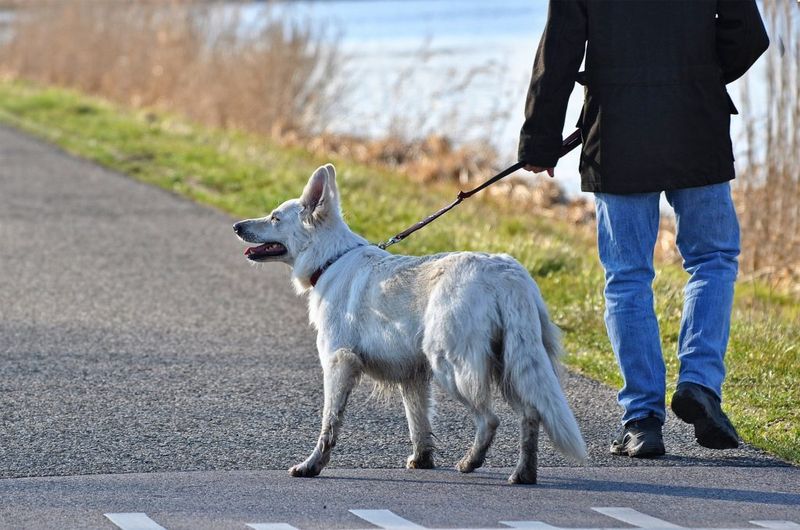
Dogs don’t understand traffic rules or the danger of moving vehicles. An unleashed dog can dart into the street without warning, causing accidents as drivers swerve to avoid hitting them.
Even dogs with excellent recall training can become distracted or frightened near busy roads. The consequences can be tragic – not just for your beloved pet, but for motorists and passengers involved in resulting accidents. A simple leash creates a literal lifeline between you and your dog, preventing impulsive dashes into dangerous traffic.
14. Legal Requirements: Understanding Leash Laws
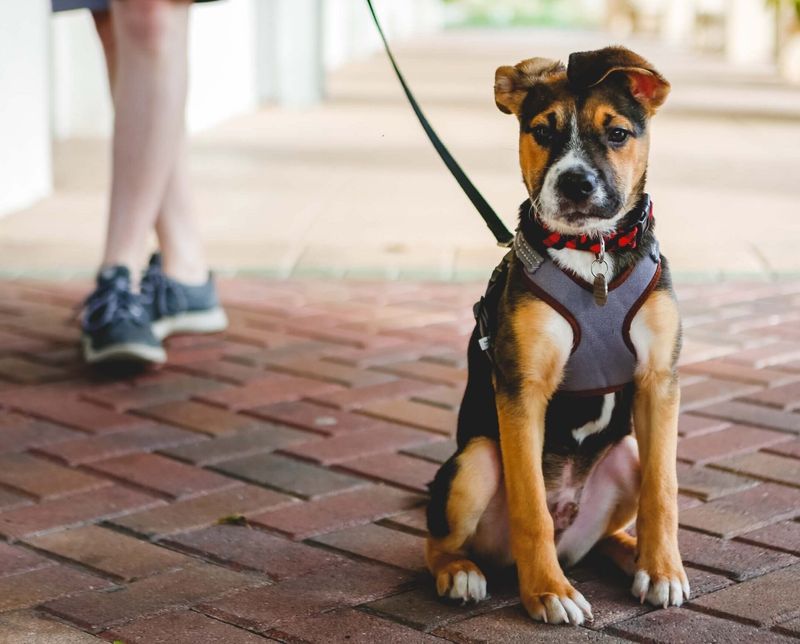
Most urban and suburban areas have strict leash laws requiring dogs to be physically restrained in public spaces. Violations can result in hefty fines, and repeat offenders may face more serious consequences.
These laws exist for public safety, not to diminish your dog’s fun. Many communities offer designated off-leash areas where dogs can play freely within secure boundaries. Following leash laws also protects you legally – if your unleashed dog causes injury or property damage, you could face significant liability claims.
15. Social Etiquette: Respecting Others’ Boundaries
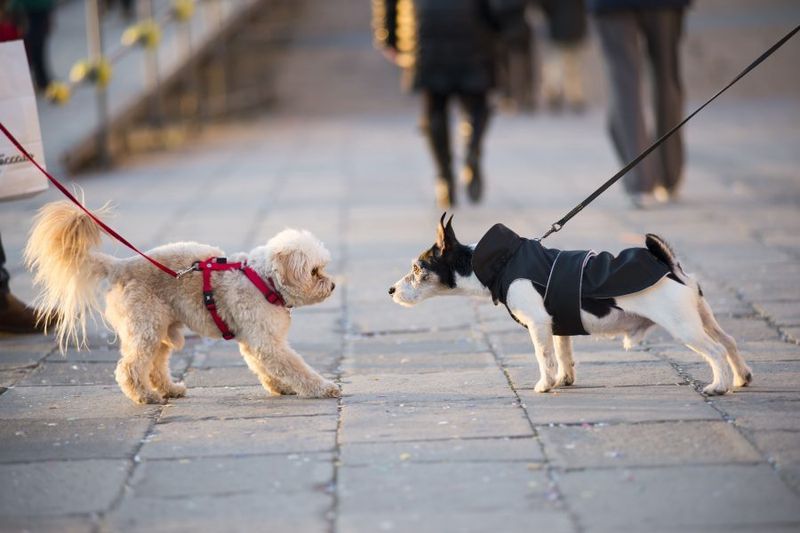
“He’s friendly!” might be true, but not everyone wants to interact with your dog. Many people have legitimate fears or allergies that deserve respect, while others may simply be uncomfortable around unfamiliar animals.
Leashing your dog acknowledges that public spaces belong to everyone. It prevents your pup from approaching people who may not welcome the interaction. Some service dog handlers report that unleashed dogs frequently interfere with their working animals, creating dangerous distractions. Good leash habits show consideration for diverse community needs.

